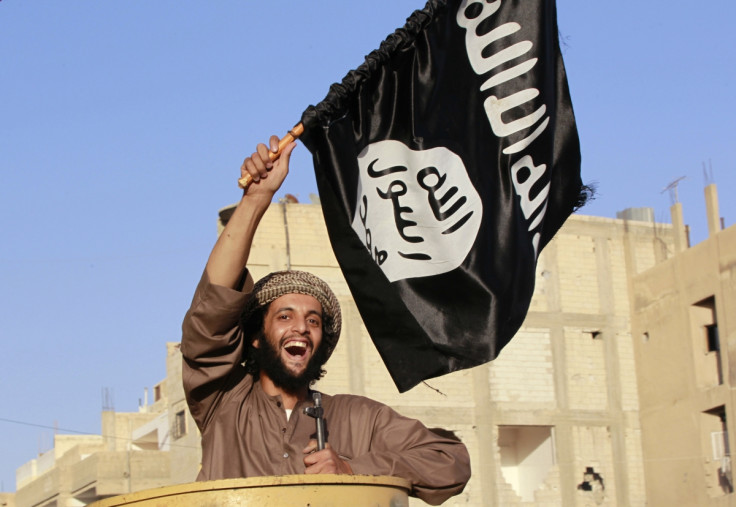Most Isis fighters in Afghanistan are former Pakistani Taliban members: US commander
US and Nato force chief in Afghanistan says Daesh fighters are now feeling the heat of air strikes.
A majority of Islamic State (Isis) members in Afghanistan are former Tehreek-i-Taliban Pakistan (TTP) fighters, the commander of US and Nato forces in Afghanistan has said. General John Nicholson also revealed that despite American forces fighting terrorists in the region for over a decade, there are still about a dozen local and international terrorist groups operating in the country.
Nicholson told journalists in Pentagon that the majority of the members of Islamic State Khorasan province are from the TTP – also called Pakistani Taliban – who joined the Isis affiliate after they were driven out of the country following Pakistan's counter-terrorism operation, called Zarb-i-Azb.
Nicholson said about 70% of the current league of Isis fighters in Nangarhar province, where almost 10 districts were under Isis control in December 2015, are former TTP fighters. The new Isis recruits include both TTP fighters as well as their leaders, who joined the international terrorist group in huge numbers.
Most of these militants belong to Pakistan's Orakzai tribal agency and joined the international terror group earlier this year, after being radicalised by its leaders in Iraq and Afghanistan, the US commander said.
The US commander said American air strikes targeting the Islamist militants have forced them out of some areas and that US troops were now working with Afghan security forces to reclaim significant parts of the territory from Isis. "Daesh fighters are retreating south into the mountains of southern Nangarhar. We will continue to stay after Daesh until they are defeated here in Afghanistan," Nicholson said during the media briefing.

He added that the increasing influence of Isis in Afghanistan has triggered clashes between them and the Afghan Taliban, further forcing the former to withdraw from several areas.
"So, now since January, their area has shrunk to...parts of three or four districts in southern Nangarhar," the Dawn quoted the commander as saying.
© Copyright IBTimes 2025. All rights reserved.





















